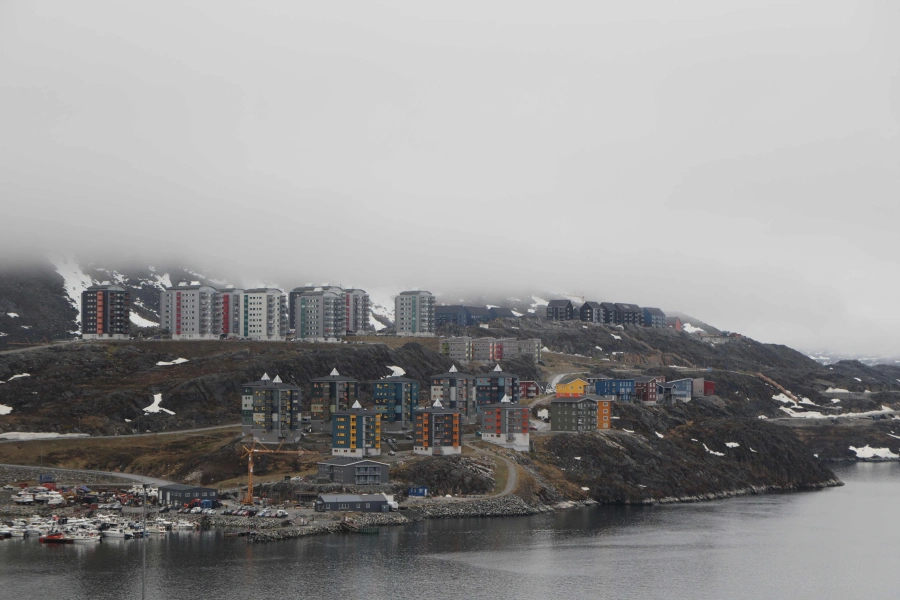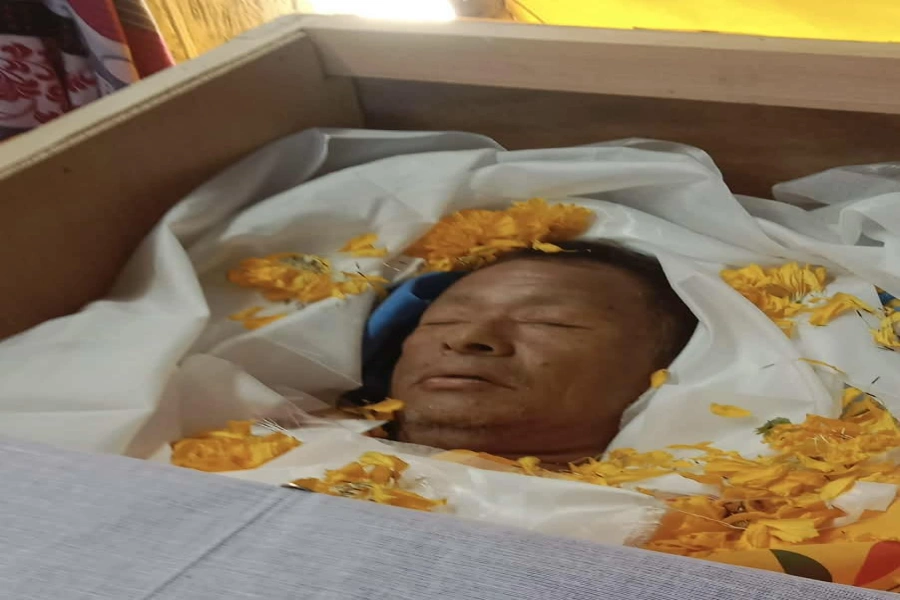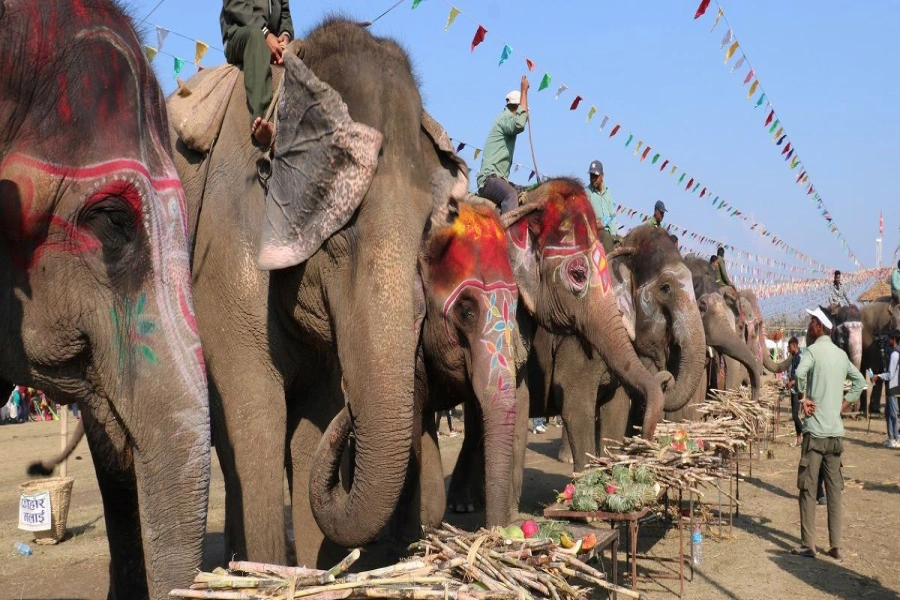KATHMANDU, Oct 21: On the occasion of the 12th International Lead Poisoning Prevention Week 2024, the Center for Public Health and Environment Development (CEPHED) successfully organized a “Stakeholder Meeting and News Article Award Ceremony” with the support of Lead Exposure Elimination Project (LEEP) and International Pollutant Elimination Network (IPEN).
According to a press statement issued by the CEPHED, the program was held in collaboration with the Department of Environment (DoEnvt), Ministry of Forest and Environment (MoFE), Government of Nepal and Society of Healthcare Journalists, Nepal. Similarly, the program was conducted under the chairmanship Mohan Katuwal, vice president, Federation of Nepal Cottage and Small Industries (FNCSI) and Chief Guest Dr Dipendra Raman Singh, additional secretary, Ministry of Health and Population (MOHP), Government of Nepal.
Over 30 representatives of local government offices, health professionals, doctors, environment, consumer, and non-governmental organizations, teachers, professors, paint industries, painters, and local as well as national media professionals/journalists participated in the workshop.
International Lead Poisoning Prevention Week 2022 concludes in...

The aims and objectives of the program were highlighted by Ram Charitra Sah, executive director and Environment Scientist of CEPHED. He shed light on lead in paint, and associated impacts and the ILPPW 2024 celebration in Nepal.
“Out of the 20 solvent-based enamel paints analyzed, 11 (55 percent) complied with the Government of Nepal's lead paint standard of 90 parts per million (ppm, dry weight of paint). Among the total samples, two out of 11 (18 percent) had lead concentrations at non-detectable (ND<0.5ppm) levels, including 11 out of the 20 compliant paints (55 percent). Conversely, nine out of the 20 (45 percent) analyzed SME`s enamel paint samples did not comply with the lead paint standard, meaning they have lead concentration more than 90 ppm. Additionally, seven paints (35 percent of the total) exhibited dangerously high lead concentrations exceeding 10,000 ppm, three (15 percent of total paints) even exhibited extremely dangerously very high lead concentrations exceeding 100000 ppm and even one 1(5 percent) paint contains over 200000 ppm,” the statement reads.
Shah demanded the government representative guests and stakeholders play their part towards effectively implementing the lead paint standards. This includes regular market and industry monitoring to reduce the sources of lead in paints and other daily consumable items like cosmetics, noodles, ayurvedic medicine, artificial jewelry, lead acid batteries, electronic waste and even spices like turmeric widely used in each Nepali kitchen.
An evaluation committee comprising three independent experts representing the Health, Environment, and Media sectors thoroughly evaluated the submitted qualified news article against predetermined evaluation criteria and stipulated in terms of reference. Based on the evaluation, three top highest ranked news articles were selected for 1st, 2nd, and 3rd prizes, and two news articles were selected for Consolation Prizes. The winners were awarded with a cash prize of Rs 10000, 7000, 5000, and 3000 each consolation award along with the certificate respectively by the chief guest and other special guests present on the occasion.






































